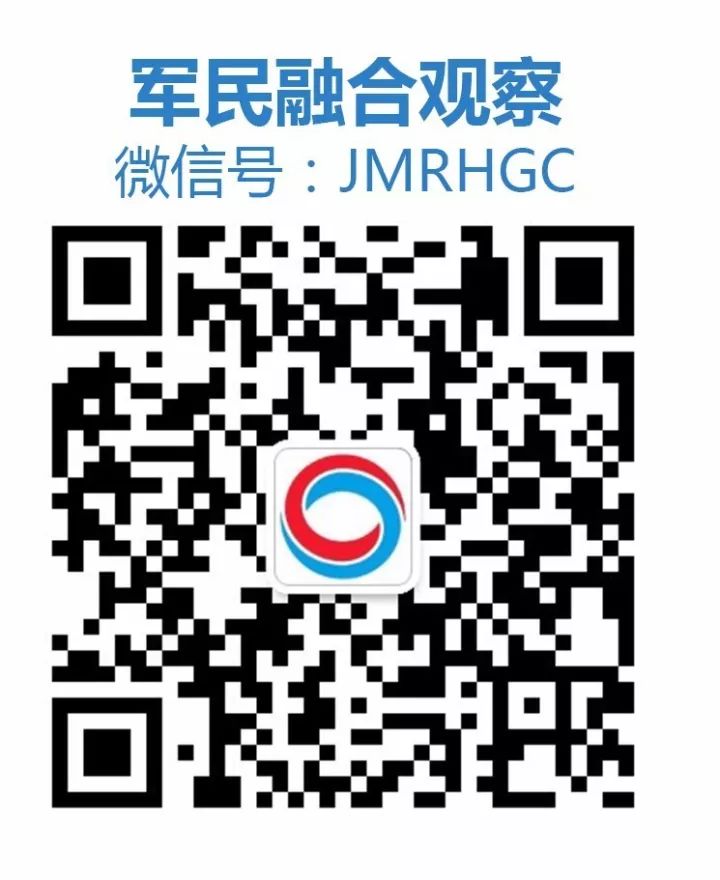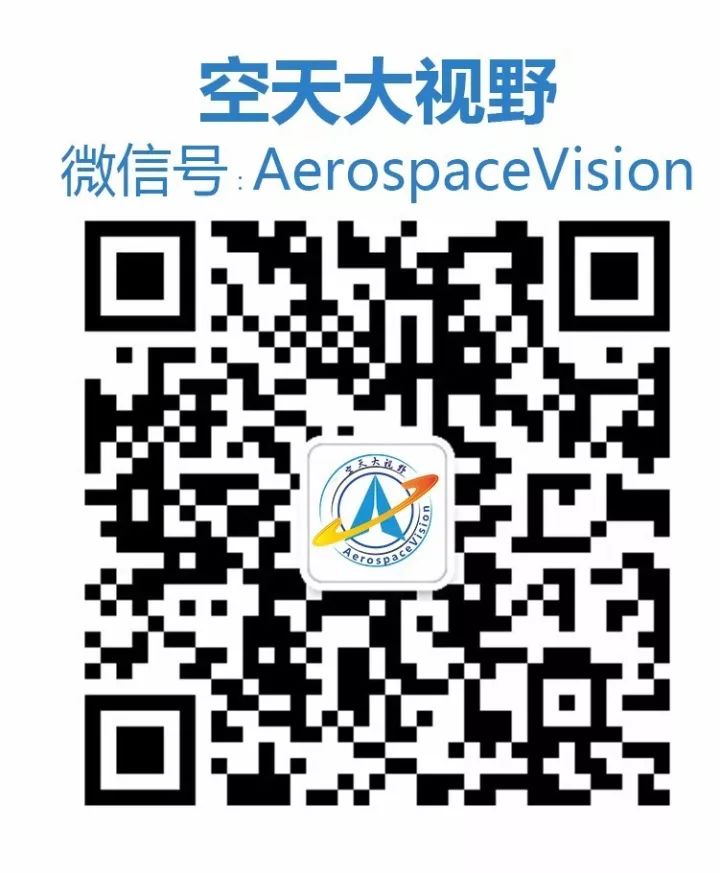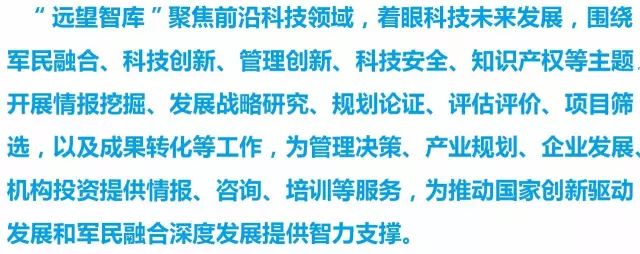
Author: Yuan Zhengying Source: National Defense Science and Technology News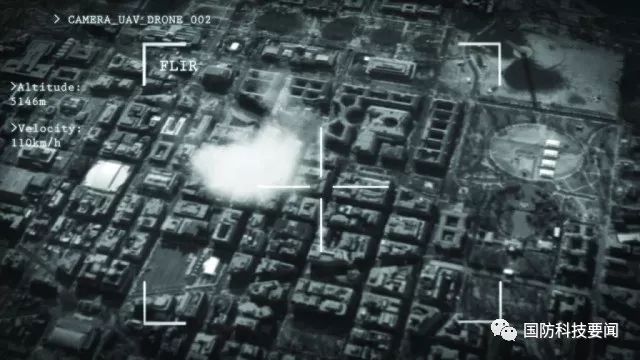
The US Air Force recently proposed a concept for the next generation sensor network system, aiming to build a system composed of widely distributed ground, airborne, and space assets to collect ISR and battlefield data for rapid processing and sharing, enhancing pilot decision-making and operational speed. To this end, the Air Force’s Air Combat Command is currently initiating alternative analysis work for next-generation sensor capabilities, which includes wide-area motion imaging capabilities, hoping to improve the Air Force’s ability to detect hidden targets, pedestrians in urban environments, and targets under trees. This alternative analysis work will impact future sensor procurement projects, and the Air Force’s two main sensor suppliers are also focusing on developing technologies such as autonomy, onboard processing, and wide-area imaging.
Technologies of Interest to Contractors
1. Onboard Processing. Kevin Loughrey, Vice President and General Manager of UTAS ISR and Space Systems, and Neil Peterson, Director of ISR Business Development at Raytheon, stated that new algorithms are being developed by studying what data onboard sensors should process during flight and what information should be transmitted to ground stations.
2. Autonomy. Contractors are currently testing improved automatic target recognition and tracking technologies and exploring new methods to integrate this information. Achieving interoperability between radar sensors and imaging sensors is key to this technology.
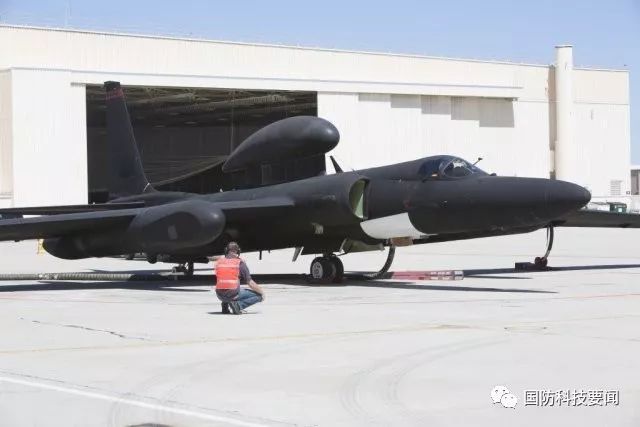
3. Other Perspectives. A representative from Raytheon stated that open architectures, artificial intelligence, and high-speed networks are essential conditions for realizing the Air Force’s future technologies, and the industry must increasingly emphasize the cybersecurity of products. As the US military relies more on multi-source intelligence, the industry must also consider the role humans should play and how to store and process this information. These multi-source intelligence sensors and data fusion activities are driving Raytheon’s research into system architectures such as public resource management frameworks and specific data processing methods.
U-2 Reconnaissance Aircraft Upgrade
The US Air Force plans to carry multiple sensor combinations on traditional aircraft such as the U-2 reconnaissance aircraft, RQ-4, and MQ-9 drones using new mounts and pods. Following the Air Force’s decision to change the retirement of the U-2 reconnaissance aircraft, both UTAS and Raytheon are involved in expanding the intelligence collection capabilities of the aircraft. Loughrey stated that with the introduction of the SYERS-2C multispectral sensor into the battlefield, the sensor has gained new capabilities; the SYERS-2C sensor and the current MS-177 sensor previously excelled in ground ISR capabilities, but their deployment on the U-2 reconnaissance aircraft will enhance airborne surveillance reconnaissance capabilities. The entire U-2 fleet is expected to be equipped with SYERS-2C sensors by the end of the year, and the Air Force also plans to deploy the increasingly mature MS-177 sensor on the U-2 reconnaissance aircraft in the future.

▲SYERS-2C Sensor
Next Generation Sensor Capability Forecast and Procurement
1. Capability Forecast. The US Air Force prefers mission-centric sensors and has established a set of mission sets for these sensors. These sensors may be wide-area, electro-optical/infrared, or multispectral, and may also include signal intelligence and other radar capabilities to address future standoff environments. For some elusive targets, a combination of hyperspectral sensing and light detection and ranging capabilities will be required.

2. Raytheon’s Response Initiatives. Raytheon is currently self-funding the development of wide-area sensors and hopes to validate these capabilities on large fixed-wing aircraft by the end of the year. Raytheon has requested the Air Force to expedite the contracting process and conduct more prototype and testing programs.







